Powerful conservation tech tools are gathering more data in the field than ever before. But without equally powerful and effective data management and processing tools, that data - no matter how groundbreaking or interesting - will not be able to reach its full potential for impact.
Data management can sometimes seem intimidating to conservationists, especially those just getting started in the world of conservation tech or experimenting with new data collection methods. While every community member's workflow and preferred data management and processing methods may be different, this group can serve as a resource to explore what works for others, share your own advice, and develop new strategies together.
Below are a few WILDLABS events dealing with datasets collected from various conservation tech tools:
Nicole Flores: How do I get started with Wildlife Insights?
Jamie Macaulay: How do I analyse large acoustic datasets using PAMGuard?
Sarah Davidson: Tools for Bio-logging Data in Conservation
Whatever conservation tech tools you work with, and whatever your preferred data management methods, we hope you'll find something helpful and effective in this group when you become a member!
No showcases have been added to this group yet.

- 0 Resources
- 0 Discussions
- 13 Groups
Electronics Engineer working in the development of smart conservation technology solutions.

- 0 Resources
- 0 Discussions
- 9 Groups


- 0 Resources
- 1 Discussions
- 5 Groups
- @Durgananda
- | He
- 0 Resources
- 0 Discussions
- 19 Groups
- @philipharman
- | He/him
I'm a data scientist living in Washington, DC.
- 0 Resources
- 0 Discussions
- 4 Groups
- @hjayanto
- | He/Him
KONKLUSI (Kolaborasi Inklusi Konservasi - Yayasan)
Your friendly Indo-Crocky-Croc



- 0 Resources
- 44 Discussions
- 17 Groups
- @aclainap
- | she/they
As EarthRanger’s Instructional Specialist, I help conservation teams learn to protect wildlife—because saving species is always better with great data (and a little teamwork)!

- 0 Resources
- 1 Discussions
- 2 Groups
- @MStarking
- | she/her/hers
Ecologist and conservation researcher, currently an Assistant Professor at University of Michigan-Flint, research areas include landscape ecology, forestry and wildlife interactions, wildlife habitat relationships, spatial ecology, GIS.

- 0 Resources
- 1 Discussions
- 15 Groups
Wildlife Conservation Society (WCS)
I am a devoted conservationist, natural resource management enthusiast interested in Elephant and Pangolin species and passionate about linking communities with environmental conservation

- 1 Resources
- 0 Discussions
- 13 Groups
- 0 Resources
- 0 Discussions
- 7 Groups
- @Valentin_Stefan
- | He/Him
Interested in emerging technologies related to camera traps for pollinators
- 0 Resources
- 4 Discussions
- 18 Groups
- 1 Resources
- 1 Discussions
- 11 Groups
If you're a Post-Doctoral Fellow, a PhD student, or a member of the research staff interested in applying your computational skills to support active research publications, please read on to learn about the Cross-...
5 August 2025
Really liked this article on dataset evaluation and how we can move towards a more standardized and inter-operable nature data space.
5 August 2025
Article
Everything you need on the IUCN Red list is now accessible from R, outputted as tibble to facilitate data query, analysis, and visualization.
20 July 2025
Funding
2025 Ebbe Nielsen Challenge seeks innovations for open biodiversity data
17 July 2025
Link
Firetail now features a fresh account over at Bluesky - follow us for updates on animal tracking, bio-logging and, of course, upcoming releases and features!
26 June 2025
In this case, you’ll explore how the BoutScout project is improving avian behavioural research through deep learning—without relying on images or video. By combining dataloggers, open-source hardware, and a powerful...
24 June 2025
Careers
Rewilding Europe is seeking a Business Intelligence Analyst to support measuring rewilding impact through data automation, dashboards, and cross-domain analysis.
3 June 2025
HawkEars is a deep learning model designed specifically to recognize the calls of 328 Canadian bird species and 13 amphibians.
13 May 2025
Hi together, I am working on detecting causalities between land surface dynamics and animal movement by using satellite-based earth observation data. As this is might be your expertise I kindly ask for your support...
8 May 2025
The Convention on the Conservation of Migratory Species (CMS) is seeking information on existing databases relevant for animal movement. If you know of a database that should be included, please complete the survey to...
30 April 2025
Conservation International is proud to announce the launch of the Nature Tech for Biodiversity Sector Map, developed in partnership with the Nature Tech Collective!
1 April 2025
Funding
I have been a bit distracted the past months by my move from Costa Rica to Spain ( all went well, thank you, I just miss the rain forest and the Ticos ) and have to catch up on funding calls. Because I still have little...
28 March 2025
August 2025
October 2025
event
event
November 2025
event
October 2024
September 2024
87 Products
Recently updated products
| Description | Activity | Replies | Groups | Updated |
|---|---|---|---|---|
| Hi @CourtneyShuert We support NOAA with AI for individual ID for belugas (but from aerial and from lateral surface too). If some of our techniques can be cross-applied... |
|
AI for Conservation, Data management and processing tools | 6 days 18 hours ago | |
| Hello Eugene, I just tried your service:Was wondering how possible will it be to have the option to upload a second image and have a comparison running to let the user know if... |
|
AI for Conservation, Camera Traps, Data management and processing tools, Software Development | 1 week ago | |
| You could just throw out that data, but I think you'd be doing yourself a disservice and missing out on some interesting insights. Are you training the AI with just pre-COVID... |
|
AI for Conservation, Animal Movement, Data management and processing tools, Human-Wildlife Coexistence | 1 week 6 days ago | |
| Do you thinks an AI could do that ?GitHub - naturalsolutions/ecoSecrets: ecoSecrets is a web application which enables users to manage their camera traps data |
|
Data management and processing tools | 2 weeks ago | |
| Wondering if anyone here has come across good guidance/frameworks/best practices/etc. for baseline conservation data management (beyond... |
|
Data management and processing tools, Protected Area Management Tools | 2 weeks ago | |
| Wow this is amazing! This is how we integrate Biology and Information Technology. |
|
Camera Traps, AI for Conservation, Build Your Own Data Logger Community, Data management and processing tools, Marine Conservation, Protected Area Management Tools, Geospatial | 2 weeks 4 days ago | |
| Here is a nice review on the use of camera traps in various ecological contexts:https://onlinelibrary.wiley.com/doi/toc/10.1002/(ISSN)2045-7758.ecological-insights |
+10
|
Camera Traps, Data management and processing tools | 1 month 1 week ago | |
| 15 years ago I had to rebuild the dams on a game reserve I was managing due to flood damage and neglect. How I wished there was an easier,... |
|
Drones, Conservation Tech Training and Education, Data management and processing tools, Emerging Tech, Geospatial, Open Source Solutions | 4 months ago | |
| Thanks Fadhilla! I met with your colleague Henrick at the booth. :-) |
|
AI for Conservation, Animal Movement, Camera Traps, Citizen Science, Community Base, Data management and processing tools, Early Career, Geospatial | 1 month 3 weeks ago | |
| Hi Jeremy,I am copying here a reply from Juliane Röder, who is not on the forum here: The GFBio VAT tool seems to do all the desired analysing and visualising stuff - but it... |
+32
|
Data management and processing tools, Camera Traps, Software Development | 2 months ago | |
| I'm excited to see this project begin; I think its focus on versatility and functionality for users in diverse environments will allow Trapper Keeper to have a broad impact,... |
|
Camera Traps, Data management and processing tools, Emerging Tech, Open Source Solutions, Software Development | 2 months 1 week ago | |
| HiThis is great! So just to double check - there is no way to join online? I would love to be part of this conference. Thanks, Els van Lavieren |
|
Community Base, Conservation Tech Training and Education, Data management and processing tools, Emerging Tech, Human-Wildlife Coexistence, Protected Area Management Tools, Wildlife Crime | 2 months 2 weeks ago |
Updates about Arbimon for Ecoacoustics - free, cloud based analytical tool
31 March 2023 11:09am
Exploring storage options for mass data collection
22 March 2023 3:20am
22 March 2023 7:36pm
Hi Adam!
I mostly live within the ecoacoustics space so I'll just speak on the hydrophone part of your request; Arbimon is a free web/cloud-based platform with unlimited storage for audio files. We've got an uploader app as well for mass-uploading lots of files. There's also a bunch of spectrogram visualization/annotation tools and analysis workflows available. It's AWS running under the hood.
I have some experience working directly with AWS & Microsoft Azure, and I've found personally that AWS was more user-friendly and intuitive for the (fairly simplistic) kinds of tasks I've done.
27 March 2023 5:23am
Meeting customer deadlines, without having to hire more staff
24 March 2023 4:02pm
Data Visualization Fundamentals and Best Practices Course
21 March 2023 5:16pm
Global Biodiversity Data & Analytics Virtual Roundtable
8 March 2023 8:39am
Proposals wanted for Innovation in Practice
6 March 2023 10:34pm
Moveapps: EMAC23 Coding Challenge
3 March 2023 7:58am
3 March 2023 3:12pm
Super initiative! I hope you get a lot of entries to this coding challenge!
6 March 2023 7:53am
Thanks Lars! Look forward to any entries from you and your colleagues. If you have an questions or suggestions, let me know.
6 March 2023 1:11pm
Hi Andrea! Although I am a keen user and observer of the Moveapps initiative, my R or Python coding skills are next to non- existing. I am therefore not likely to be contributing this time... Some day perhaps ;)
The WILDLABS Variety Hour: February 2023 - YouTube
3 March 2023 11:24am
Moveapps EMAC23 Coding Challenge – Participate now!
3 March 2023 7:45am
Underwater Fish Datasets from the Mediterranean
15 August 2022 11:45pm
26 September 2022 9:32pm
Not sure if audio data would be of any use to you, but if so FishSounds has some - I just tried their search function and there is a location tag for 'Mediterranean & Black Sea'.
You might try reaching out to the folks at Name that Fish, Innovasea, or perhaps an entity on the Fisheries Tech list would have Mediterranean stuff?
21 October 2022 7:52am
Hi,
If this is still relevant, you can try reaching out to the Belmaker lab, they do BRUV surveys in the eastern Mediterranean and have hours of video, some of it I believe is annotated. Particularly, Shahar might be helpful, he's the PhD student running point on the project.
2 March 2023 2:03pm
We have made available our underwater videos on YouTube as a playlist https://www.youtube.com/playlist?list=PLnhVZKKy8WkZKriCIV6r7upWhHNVrU_7L
It's about 1.113 short video clips with annotation and each is linked to the corresponding www.iNaturalist.org observations. The iNaturalist.org observations are research quality and have been uploaded to GBIF.org. The observations have been made between 2014 and 2022 around the Ionian Islands (Greece).
If you would need the original videos please contact me.
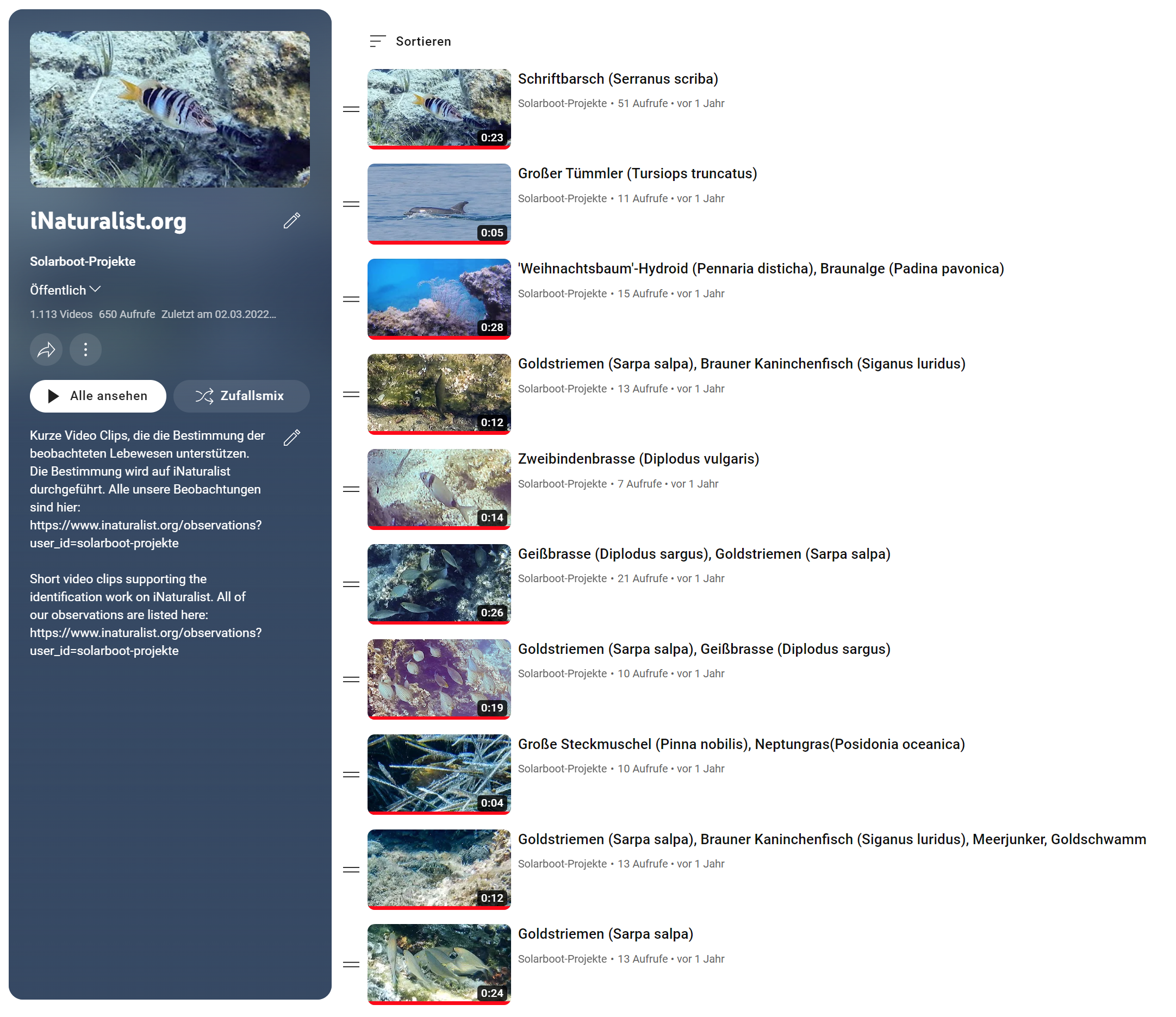
The Arbimon newsletter is back!
23 February 2023 11:34pm
M&E organizational data management consultant needed
21 February 2023 4:48am
Operation Pangolin launches to save world's most trafficked wild mammal
16 February 2023 7:51pm
17 February 2023 1:50am
Hiring Full Stack Developer at Conservation X Labs
10 February 2023 5:35pm
2023 Ebbe Nielsen Challenge seeks open-data innovations for biodiversity
10 February 2023 10:46am
Commercially available connected audio sensors
2 February 2023 3:08pm
2 February 2023 3:55pm
Hi!
I am not aware of any such connected loggers/recorders but they would be nice.
The AudioMoths have been revolutionary in providing audologging at a low cost but they take a lot of "data muling" (carrying SD cards in and out of the field sites) and swapping of batteries.
Cheers,
2 February 2023 7:50pm
Hi Lars, thanks for the response. We are using lots of Song Meter Micro's atm and they have proved to be resilient. Just need something which doesn't involve going on site regularly - but get the data off.
3 February 2023 7:04pm
Rainforest Connection's (RFCx) Guardian devices may be of interest. They are solar-powered and have connectivity options for Wifi, GSM and satellite transfer. They've previously been used for detecting e.g., gunshots or chainsaws (using edge computing) and then sending positive detections/alerts to folks on the ground. RFCx also hosts Arbimon, a free, no-code software platform that facilitates analysis of audio data as well. Happy to chat more if you'd like to talk further about it!
How to conduct rapid eligibility assessments for forest carbon projects using geospatial data
3 February 2023 3:32pm
Consultancy opportunity: Wildlife monitoring specialist
31 January 2023 11:26am
Advanced Field School in Computational Ecology
25 January 2023 2:54pm
Interview for Technologies in Conservation
24 November 2022 10:07am
16 January 2023 2:42pm
I'd be happy to chat with you if you wanted! My expertise is within passive acoustic monitoring particularly. The Conservation Tech Directory might be useful for you in identifying relevant actors within the space.
16 January 2023 5:16pm
Happy to contribute tgray@woodsholegroup.com
17 January 2023 5:12pm
My original background is in ecology and conservation, and am now in the elected leadership of the Gathering for Open Science Hardware which convenes researchers developing open source tech for science. I am not working on a specific piece of technology right now, but am happy to contribute some higher-level views for your interview if that helps.
Software Engineer
16 January 2023 12:26pm
New paper - An evaluation of platforms for processing camera-trap data using artificial intelligence
13 January 2023 12:14am
Conservation Technology Intern (Vietnam)
11 January 2023 5:00pm
Help : Topics in Remote Sensing and Management of Protected Areas
10 January 2023 11:04am
Conservation Design Project Recruitment
19 December 2022 5:52pm
4 January 2023 10:48am
intrested.
Otter video help!
5 September 2022 6:57pm
7 September 2022 6:12pm
Thank you for the response! I'm not sure how to find that out. It says MP4. Is that what you're looking for?
21 December 2022 7:46pm
Did you get any further with this Britnee?
26 December 2022 6:54pm
No, I was never able to figure out how to send these to anyone on here. I was hoping to learn how to clear these videos up if possible!
Job: Software Engineer at Benioff Ocean Science Laboratory
19 December 2022 7:59pm
Upcoming PAM & R Ocean Science Courses
16 December 2022 3:27pm
Join NASA’s harmful algal bloom ML challenge and win prizes!
15 December 2022 7:56pm



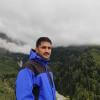

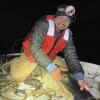
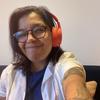














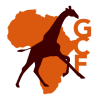
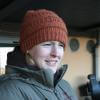
















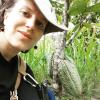







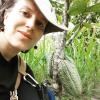
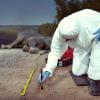


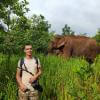


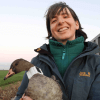















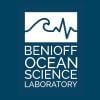


31 March 2023 3:43pm
Yes please reach out with any questions on acoustic monitoring, Arbimon, RFCx, etc.!